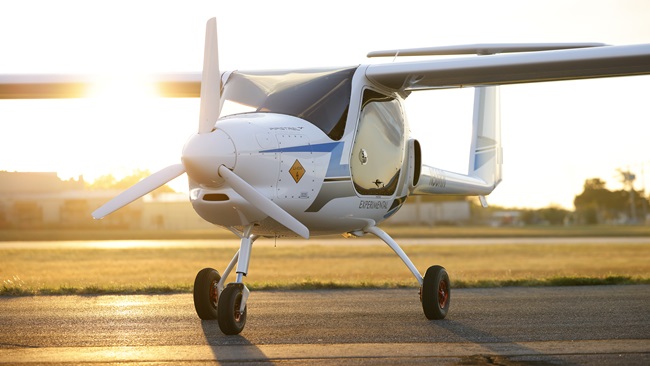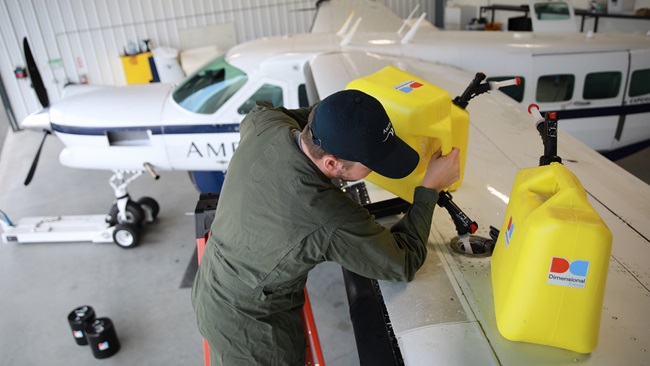Sun Flyers make their case
The National Business Aviation Association Business Aviation Convention and Exhibition may be permeated by the whiff of Jet A, but Bye Aerospace brought its version of an electrically powered future to the convention. George Bye, CEO of the Englewood, Colorado-based firm designing and manufacturing the Sun Flyer 2 and Sun Flyer 4, held a press conference that touted their upcoming debuts. Bye said the Sun Flyer 2, a two-seat trainer, had completed its FAA type certificate application in May 2018, and that full certification under FAR Part 23 will come soon.
The Sun Flyer 2 will use a Siemens SP70D electric motor with a peak rating of 90 kilowatts (115 horsepower) and a continuous power rating of 70 kW (90 hp). The Sun Flyer promises cruise speeds of 138 knots, a payload of 440 pounds, a max gross weight of 1,900 pounds, a range of 256 nautical miles (at max endurance power and 10,000 feet), and an endurance of 3.5 hours. The cost of flying—the major deterrent to student starts and retention—will be $14 per hour, versus a Cessna 172’s $88.31 per hour cost, according to Bye. The Sun Flyer’s batteries will fly for one hour after being charged for 20 minutes, a rate that would support typical flight training intervals, Bye said. The price of the Sun Flyer 2 is set at $289,000.
The Siemens electric motors powering the Sun Flyers will have 10,000-hour recommended TBOs, owing to their having a single moving part. Bye said that ongoing advances in aerodynamics and battery, motor, and propeller technology promise to continue to improve the performance and safety of electrically powered airplanes.
Airplanes like the Sun Flyers will become necessary, Bye said, because the demand for airline pilots will soon skyrocket. Boeing has estimated that 790,000 new airline transport pilots will be needed over the next 20 years. Reducing the cost of flying will assume predominant importance, and today’s 50-year-old training fleet will neither attract students nor retain them.




